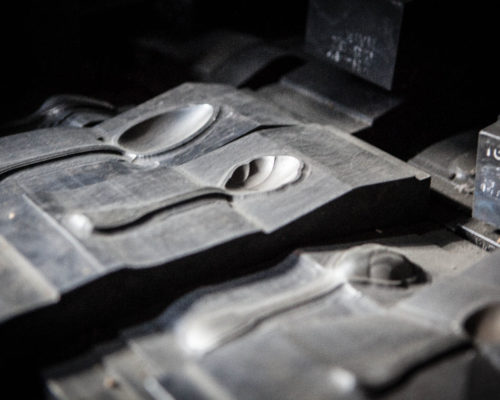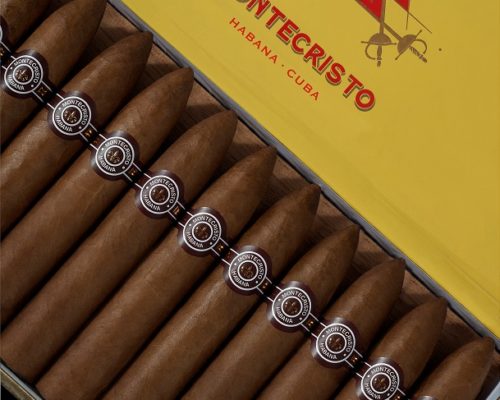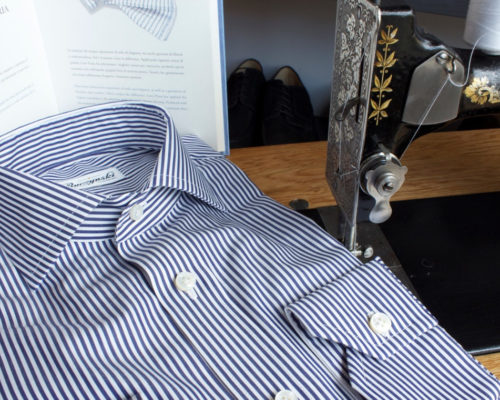
BLACK TIE
Opublikowano: 21 kwietnia 2016
Mid-1990s. The Polish television team goes to Monte Carlo to research the rally taking place. Such events are often followed by numerous additional festivities – cocktails, banquets, parties. Appropriately, invitations to one of them were distributed. The Polish team also received one. The letter had a note on its lower right corner: “black tie”.
The team was very happy. They brought their black ties (some of them were tied around the neck using rubber bands). To their surprise, they turned out to be the only attendees wearing tuxedos. One of the ladies present remarked that Poles still have a lot to learn. She did not realize, however, that we made up for the negligence of communism with lightning speed. Nowadays, possessing a tuxedo has become a necessity for many.
The “black tie” can be encountered more and more often on invitations. Premieres and banquets in our country started to look very worldly. Men in tuxedos, women in dresses. We are no different from the  rest of the world and we did not need two generations to make up the lost time.
rest of the world and we did not need two generations to make up the lost time.
The tuxedos history is connected to an addiction. In the second half of the 19th century, Edward, Prince of Wales, son of Queen Victoria, was living life to its fullest. The heir to the throne was well known for his opulent lifestyle. His throng of lovers, abundance of alcohol, and love for cigars caused others to call him the prince of pleasure.
After dinner the gentlemen would put on special jackets and indulge in Cuban cigars. This habit was soon undertaken by the aristocracy and the richer middle class. Hence the English name for the tuxedo – the dinner jacket.
The tuxedo was popularized by a certain American millionaire who happened to be the creator of one of the largest tobacco conglomerates called Pierre Lorillard IV. Along with his friend James Potter, he attended the winter ball of 1886 wearing the English fashion statement. The club where the event took place was located in the town of Tuxedo. And so, the town where New York socialites spent their weekends gave its name to this new piece of clothing.
What is a tuxedo? It’s simply a very formal version of a suit. The formality is achieved through satin lapels, a lack of pocket flaps, trouser stripes, buttons covered in fabric. There are many variations of the tuxedo, with the double-breasted version being the most elegant-looking. As always, the devil is in the details, so accessories are important. A proper bow tie – hand-tied, of course – and patent leather shoes, along with a snow white dress shirt ,
though not with a wing-tip collar.
A couple things to keep in mind with a tuxedo:
• the material should be a deep black or midnight blue
• the finish should be a matte, black satin
• the buttons are laden with black satin
• stripes on trousers are being abandoned, but old fashioned tuxedos should of course have them
• the trousers never have cuffs
• scarf collars are problematic and rarely look good on anybody
• the best cuts are the following: Single-breasted jacket with lapels or a double-breasted suit with lapels
• the dress shirt should not have a wing-tip collar; cuffs must have pins. The bib is a matter of style. It may be
pleated or plain
CLUB JACKET
The club jacket is another male wardrobe element that has English roots. Great Britain, with its elite clubs, is the last bastion of conservative style. The club jacket possesses two distinct features: It’s made using a navy or dark navy material and has golden or silver metal buttons. It is traditionally worn with gray trousers. The set is classic that it could very well be the epitome of conservative male style and be showcased in Sevres near Paris. The club jacket also goes nicely with casual trousers and shirts. It is one piece of male dress that will always look good. That is why it is worth investing in a tailored model.
Author: Magdalena Lidak-Bieńkowska, BALTHAZAR Private Tailors expert
Tagi: Balthazar, club jcket, elegance, Exclusive, luxury, private tailor, tuxedo





Dodaj komentarz